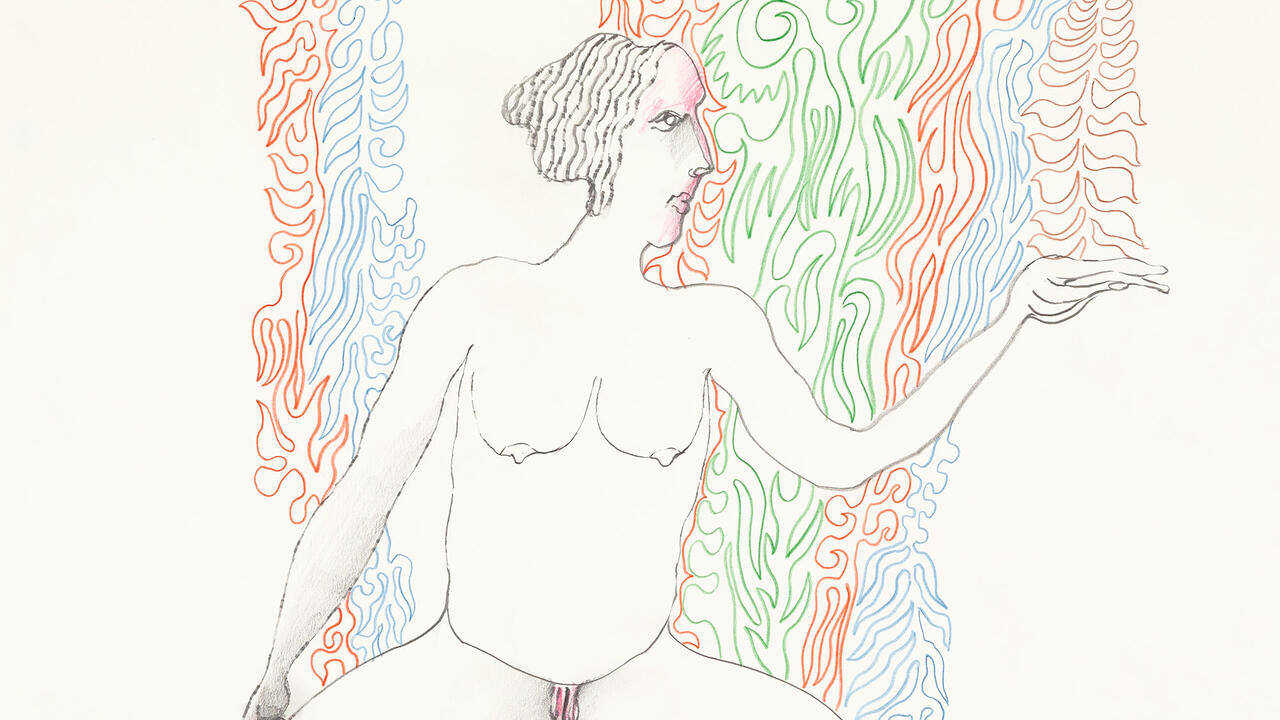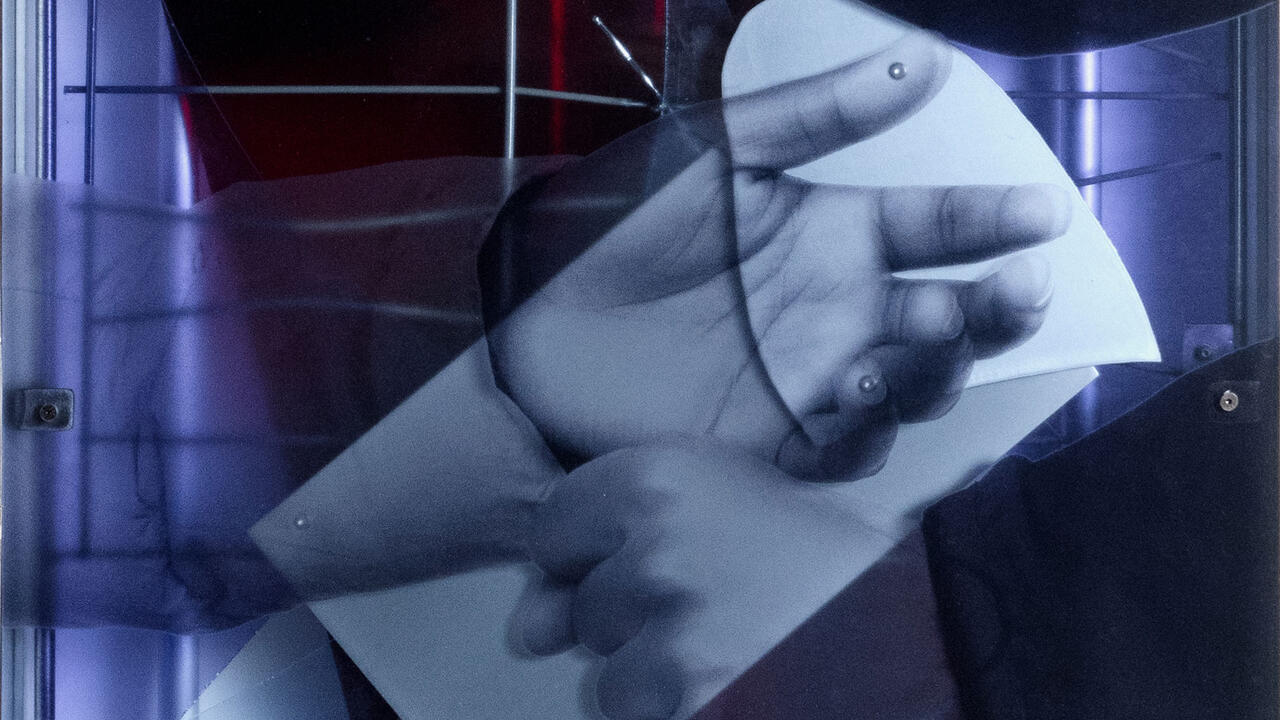Sin Wai Kin Journeys Beyond Gender Binaries
At Fondazione Memmo, Rome, the artist’s new video reaffirms their identity outside of socialized norms and constructs
At Fondazione Memmo, Rome, the artist’s new video reaffirms their identity outside of socialized norms and constructs

‘Not one single day of our lives is not a play,’ declares Sin Wai Kin in the captivating titular video installation of their solo exhibition, ‘Dreaming the End’, at Fondazione Memmo. In this introspective showcase, the artist tiptoes between authenticity and performance, delving into the complex layers of identity and binary constructs that forcibly permeate our existence. As a non-binary artist who recently transitioned to using their Cantonese name from their Western one, Sin’s body of work is an intimate extension of their personal encounters with the categorizations that seek to regulate and define them.

The concept of ‘putting on’ gender is nothing new to Sin, who has previously taken to the stages of London’s drag scene dressed as a blow-up-doll version of Marilyn Monroe, with feminine features exaggerated to comical proportions to satirize societal ideals of beauty. Now, in their video work, they explore gender non-conformity through adopting various masculine characters, defying the shackles of a gendered culture’s socialization. In Dreaming the End, Sin dons a range of lavish costumes – from elegant three-piece suits to extravagant ballgowns – to portray a series of characters that encompasses the full breadth of the (stereotypical) gender spectrum. In a pivotal scene that suggests the artist’s rebirth following an internal struggle about their body, Sin stands in a clearing, wearing a voluminous, floor-length dress paired with a wig of cascading orange hair. Their voice, however, surprises: deep and resonant, it defies the tonality associated with the artist’s external appearance and reaffirms their identity outside of the constraints of binary categorizations.

Dreaming the End is shot amidst the enchanting gardens of Villa Medici, the opulent interiors of Palazzo Ruspoli and the sprawling expanse of Palazzo della Civiltà Italiana: locations that imbue the film with a further layer of complexity. Particularly striking is the juxtaposition between the two 16th century palaces and the Palazzo della Civiltà Italiana – a neoclassical building conceived in 1938 as part of Benito Mussolini’s scheme for the 1942 World Exhibition – which serves as a potent reminder of Italy’s fascist past at a time when the country is being governed by the country’s first far-right coalition, spearheaded by Georgia Meloni, since World War II. In a wide-angle shot, the imposing Palazzo is shown towering over Sin, its suffocating presence embodying the oppressive weight of the ideologies that perpetuate binary structures and threaten free expression.

In addition to the video installation, the exhibition expands its presence across the spaces of the Fondazione Memmo, manifesting in an assortment of busts, wigs and face wipes bearing the imprints of the makeup worn by each character. While these items provide a physical manifestation of Sin’s performative self and form a bridge between the virtual world and reality, they inevitably pale in comparison to the emotional response prompted by the video. Moreover, the open expanse of the adjoining gallery rooms feels overly generous for the display of these objects, making them seem like an afterthought rather than an extension of the film’s thematic.

Heightened by its richness of colour and ethereal softness, Dreaming the End is a meticulously crafted, oneiric film that – perpetually transitioning and looping without any discernible narrative thread – ultimately defies a definitive conclusion. As it shifts from one character to another, the story mirrors Sin’s personal journey of existing beyond traditional binaries and emphasizes the transformative process inherent in embracing a non-binary consciousness.
Sin Wai Kin’s ‘Dreaming the End’ is on view at Fondazione Memmo, Rome, until 29 October.
























